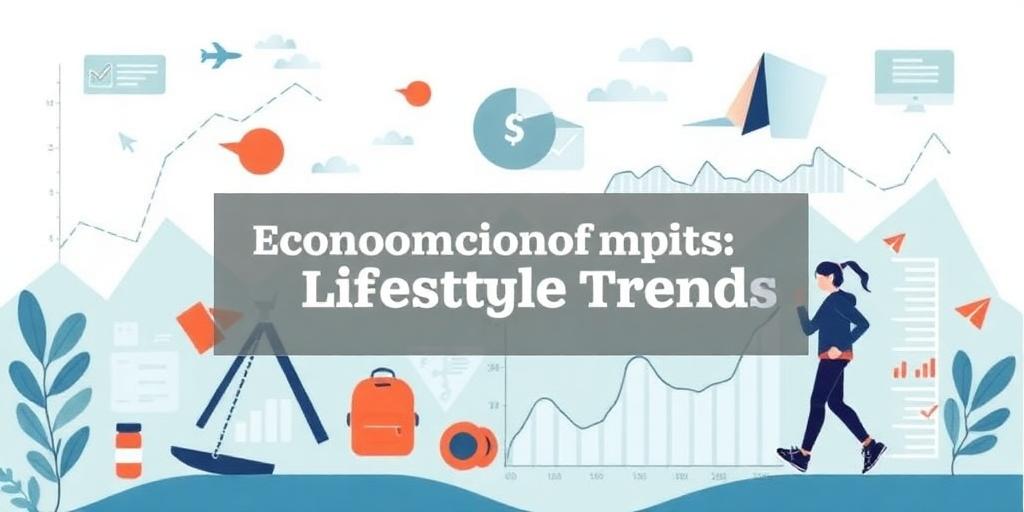The Economics of Lifestyle Trends
Lifestyle trends are more than just fleeting fads; they're powerful economic forces that shape markets, influence consumer behavior, and drive innovation. Understanding the economics behind these trends is crucial for businesses, investors, and even individuals looking to navigate the ever-changing landscape of modern life.
What Drives Lifestyle Trends?
Several factors contribute to the emergence and spread of lifestyle trends:
- Cultural Shifts: Changes in societal values, beliefs, and attitudes often spark new trends. For example, growing awareness of environmental issues has fueled the rise of sustainable living trends.
- Technological Advancements: New technologies can create entirely new ways of living and interacting with the world, leading to new trends. The rise of social media, for instance, has significantly impacted fashion, travel, and communication trends.
- Economic Factors: Income levels, employment rates, and overall economic conditions play a role in shaping consumer spending habits and preferences. During economic downturns, trends emphasizing frugality and value often gain traction.
- Demographic Changes: Shifts in population demographics, such as aging populations or increasing urbanization, can create new demands and opportunities, leading to new trends.
The Economic Impact of Lifestyle Trends
Lifestyle trends have a significant impact on various sectors of the economy:
- Consumer Goods and Services: Trends directly influence demand for specific products and services. The rise of veganism, for example, has led to a surge in demand for plant-based foods and vegan-friendly products.
- Marketing and Advertising: Businesses must adapt their marketing strategies to align with current trends and effectively target consumers. Influencer marketing, for instance, has become a powerful tool for promoting products and services related to lifestyle trends.
- Innovation and Product Development: Trends drive innovation as businesses seek to capitalize on emerging demands. The growing popularity of athleisure wear, for example, has spurred the development of new fabrics, designs, and technologies in the apparel industry.
- Investment Opportunities: Identifying and investing in companies that are well-positioned to benefit from emerging trends can yield significant returns. Venture capitalists and private equity firms often focus on identifying and funding promising startups in trending sectors.
Examples of Lifestyle Trends and Their Economic Impact
- The Wellness Trend: This encompasses everything from healthy eating and fitness to mindfulness and mental well-being. The wellness industry is now a multi-trillion dollar market, with significant investments in areas like organic food, fitness equipment, and wellness apps.
- The Sustainable Living Trend: Driven by environmental concerns, this trend focuses on reducing waste, conserving resources, and adopting eco-friendly practices. It has led to the growth of industries like renewable energy, sustainable packaging, and ethical fashion.
- The Digital Nomad Trend: Fueled by remote work opportunities and a desire for location independence, this trend has created new demands for co-working spaces, travel services, and digital tools that cater to the needs of remote workers.
Conclusion
Lifestyle trends are a dynamic and influential force in the global economy. By understanding the factors that drive these trends and their economic impact, businesses, investors, and individuals can make informed decisions and capitalize on emerging opportunities. Staying informed and adaptable is key to navigating the ever-changing landscape of lifestyle trends and harnessing their economic potential.









